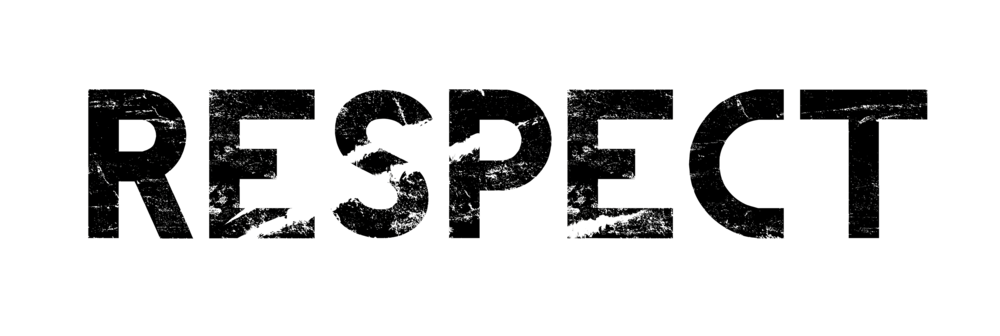The approach to losing fat has changed and we’re all to blame. Or should we be grateful? Our hectic lives do not necessarily allow sufficient exercise to stay in shape, especially prior to an event that is last minute. The quick fix culture requires something that will help us get our body goals accomplished faster and with less effort. Fortunately, we are equipped with the technology.
In the past, non-invasive body sculpting is now the most popular treatment for celebrities as well as athletes and anyone who wants to reduce those stubborn pockets of fat, without having to spend hours at the gym or through the knife. To meet the increasing need for this innovative approach to losing fat salons and clinics are investing in technology for body sculpting and are quickly noticing the advantages for their clients as well as their earnings. With a variety of body sculpting techniques available, it’s difficult to choose the most suitable tool to meet your client’s requirements. We can help.
Are there any effective ways to reduce fat?
There are two primary methods for non-invasive fat reduction: melting fat and freezing. The first involves radiofrequency (RF) which transforms electrical energy into heat under the skin and causes tissue cells in the fat to heat up. The process of freezing fat is done using Cryolipolysis (Cryo) which utilizes sub-zero temperatures to freeze fat cells. Both methods result in the process of lipoapoptosis in which the cells that store fat are eliminated and the fat is eliminated via the lymphatic system of the body.
On opposite sides of the thermometer the two Radiofrequency and Cryolipolysis provide an efficient alternative to surgery and have been proven to be extremely effective in treating programs that have dramatically decreased waistlines. However, how do these distinct technologies differ?
Clinical application
Therapists are more involved using RF treatments, using the treatment hand piece to glide over the area of the treatment to create an even result with no gaps. When using Cryo treatment it is all the therapist needs to do is to install the Cryo applicators, and then turn them on. But since Cryo applicators remain stationary in treatment and can be rather large The treatment is restricted to more extensive body parts like the legs, abdomen, and back. Contrary to this RF treatments are able to be applied virtually everywhere on the body, even areas that are prone to excess fat and loose skin, such as neck and arms.
What is the difference between “fat melting” and “fat freeze’ mean to customers?
Clients typically feel the sensation of a warm, comfortable warmth during the body sculpting process using radiofrequency as well as when paired with other complementary technologies , such as massage (to boost lymphatic drainage) It’s quite relaxing.
Unfortunately, the same cannot be said about Cryolipolyisis. The suction on the skin that pulls it and the cold temperatures of -11degC can cause the treatment to be extremely uncomfortable. The patients may also experience a soreness in their joints after their fat freezing procedure, similar to an injury to a muscle that is minor or a vigorous exercise.
Potential side effects
In order for Fat Melting treatments to effectively reduce fat cells and boost collagen production, an ideal temperature range of 40-42 degrees Celsius is needed at the face’s edge. A variety of RF devices that are advanced include integrated temperature monitoring systems that ensure that therapeutic temperatures are safe and not exceeded , and to eliminate the possibility of thermal injuries.
Although not very common”ice burns” are a problem in Cryolipolysis. Additionally, treatments that freeze fat are prone to paradoxical hyperplasia of the adipose. This negative reaction to treatment leads to the fat cells and the treatment area growing rather than becoming smaller.
Fat Melting vs Fat Freezing treatment results
Although both techniques provide efficient treatments for reducing fat Cryolipolysis does have its own apparent drawbacks. The effects are extremely localized to the area of treatment without affecting the skin’s laxity and it is difficult to drain lymphatic fluid.
Most often, clients notice an improvement in waist measurement right away after treatment, however, this is not reliable and may be misleading, as cells generally shrink when they are cold. While Cyrolipolysis treatments are typically coupled with other body shaping methods like ultrasonic cavitation treatments, they aren’t able to be done simultaneously, which could lead to an exponential delay in treatment.
Studies conducted in clinical trials have repeatedly shown that RF is the most efficient of the two techniques that has more consistent results over a wider surface, substantial skin tightening and more lymphatic drainage, which is crucial for quicker results. In addition, when it is combined with other technologies , like infrared, it has proven to provide significantly better outcomes. This combination approach to technology is the preferred choice of many aesthetic physicians who utilize RF to enhance and enhance results following surgery-related liposuction.
What’s the future for the non-surgical method of fat reduction?
The need for slimmer, more streamlined waistlines isn’t going out of fashion. Inspiring by the popularity of celebrity endorsements and a “quick-fix culture More people than ever are seeking fat reduction methods.
If you introduce this service into your salon, you’ll be able to remain ahead of the game and provide your customers with the look they’ve always wanted. It could be an ideal follow-up of laser treatments or it could be paired with other treatments to make the perfect aesthetic package.
